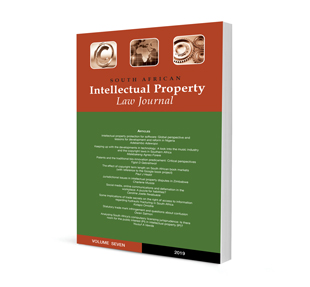Some implications of trade secrets on the right of access to information regarding hydraulic fracturing in South Africa

Some implications of trade secrets on the right of access to information regarding hydraulic fracturing in South Africa
Author Kolapo Omidire
ISSN: 2521-2591
Affiliations: North-West University, Potchefstroom
Source: South African Intellectual Property Law Journal, 2019, p. 143 – 162
Abstract
South Africa is considering plans to develop shale gas by hydraulic fracturing as a source of energy. In countries where hydraulic fracturing is presently undertaken a claim of trade secrets by operators is a common phenomenon. However, while the underlying rationale of safeguarding commercial transactions by means of protecting trade secrets may be reasonable, there is a need for caution as, unfortunately, other interests may be prejudiced. In the case of hydraulic fracturing, the conceptualisation of the right of access to information as a leverage right which makes other rights possible, means it could be applied by people whose rights may be infringed by a claim of trade secrets. Therefore, any restriction of the exercise of that right by a claim of trade secrets has the potential to violate the right of access to information. A claim of trade secrets which ultimately violates the exercise of the right of access to information in relation to hydraulic fracturing also contextualises the problem in relation to similar claims in other developmental processes. Given the need to guarantee the right of access to information as an enabler for the enforcement of other rights that may be adversely impacted by hydraulic fracturing, this article examines potential lessons that can be distilled for South Africa in relation to the regulation of trade secrets under the law of the state of Pennsylvania in the United States of America.